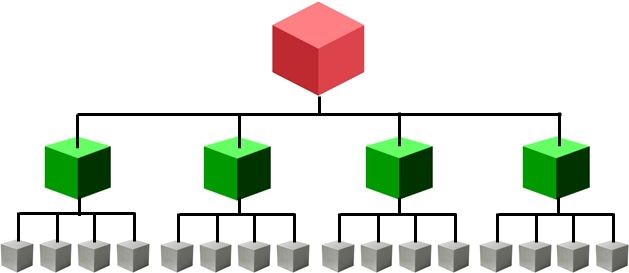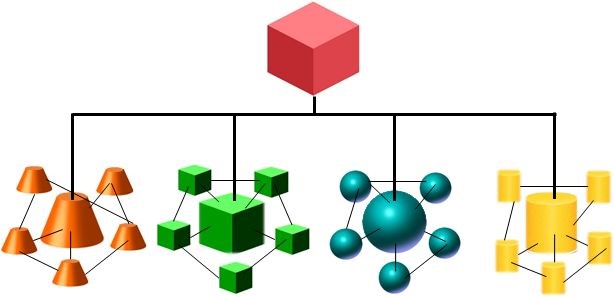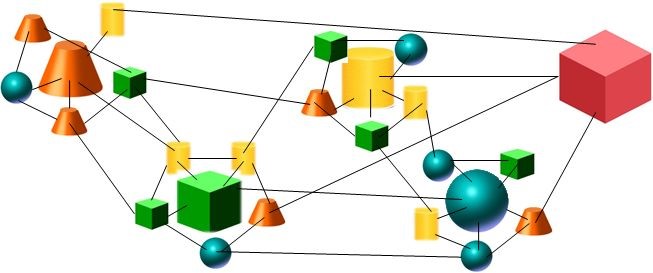11/13/2015
As the manufacturing industry faces a near crisis in talent, companies are going to great lengths to attract the right people. It’s often costly – I’ve heard of some extremely attractive 401k matching programs, pay-for-performance bonuses, tuition reimbursement, health care benefits and the list goes on.
How can you attract the right people without continuing to up the ante?
An analogy may be helpful: Before inventing the Model T, Henry Ford asked people what they wanted and the answer was “a faster horse”. The concept of a car was something people didn’t know about, so they could only answer his question in the context of horses. The goal of getting from Point A to Point B faster could only be conceived by improving the horse. We’re all caught in a phenomenon of context.
The very same phenomenon happens when hiring employees. Ask the right people what could attract them to your firm and their answer is typically what they know – higher wages, more benefits, etc. Getting to the deeper issue means diving into what really appeals to people. What fuels their passion? What motivates their performance? Now we’re talking innovation.
One of the best ways to fuel passion and motivate performance is by changing the organizational chart. Innovation thrives with teamwork, which is leading many of the best companies to stir the pot of the traditional org chart right now.
Why Some Organizations Work Better Than Others
In the attempt to motivate employee engagement and more teamwork, companies are implementing flatter organization structures. With a flatter organization, leaders expect employees to go above-and-beyond the “to-do” list they are given. They want employees to share ideas and go the extra mile to implement tasks.
But, if the culture remains hierarchical, you get into trouble because employees think they have to do what the boss says instead of work and organize on their own. Company leaders are surprised to learn their employees:
- don’t feel like they should collaborate,
- feel they should still ask the boss permission before they do anything, and
- fear making mistakes.
Leaders find themselves wondering what is getting in the way of progress. Tackling organizational structure is a starting point into improving your organization. Changes to the structure must go hand-in-hand with understanding how it impacts the culture that is in place. Before changing it, consider how your current and new structure affects what is going on in your business. Think about how it shapes the way employees interact, the social relationships they have outside the workplace, the products the company designs, develops and manufactures, and even the supply chain.
Types of Organization Structures
It is imperative that leaders take time to understand the problems they need to solve when considering a new org structure. Let’s examine several different organization structures and the culture they are known to develop inside a firm.
1. Command

The Command structure was first developed by the military and is very effective at having everyone in the organization “march” in the same direction.
The connections that matter inside this traditional hierarchy are the ones between workers and their managers. This often leads to silos – where employees focus primarily on goals that move their part of the company forward. Teamwork is built around achieving department mission or goals.
Leaders are looked to as the glue that holds the various silos together. They drive the company forward by developing goals for how each silo contributes to the overall company goal. This often leads to internal rivalries and a competitive culture. Most employees feel their ideas matter to their boss, but if the idea doesn’t contribute to the silo goals, it gets dismissed. If innovation must cross silos, it has to come from the top – a heavy burden for company leadership. This is why the Command organization is often called the top-down structure.
2. Command of Teams

In the Command of Teams structure, adaptive small teams operate within a more rigid superstructure. The organization remains hierarchical in the sense that decision-making is primarily top-down, however, there is a significant difference at the operational level.
More dynamic than the pure Command structure, the Command of Teams realizes the connections that matter are team-based. Relationships are built among team members based on the project and its goals. Department silos are broken down. Teamwork is built around achieving the project mission or goals, often recognizing the project has a defined start-finish lifespan.
There is a lot of glue among teams, depending on how the teams are formed. Some companies assign individuals to teams based on their expertise and project requirements, while others allow teams to form more organically based on an individual’s passion for the project. Company leadership usually remains the visionary that identifies or prioritizes projects, recognizing the collection of projects propel the company forward.
3. Team of Teams

The Team of Teams structure is an all-around, more organic situation. Teams are cross-functional and relationships are built between teams as individuals are encouraged to identify opportunities for improvement throughout the company. This may require assistance from another team or a member of another team.
Organization Structure and Culture
Sandy Pentland is an MIT professor who studies the effects of information flow on organizations. Pentland found that sharing information and creating strong horizontal relationships improves the effectiveness of everything from businesses and governments to cities. Pentland writes about “idea flow,” the ease with which new thoughts can permeate a group. The two major determinants of idea flow are “engagement” within a small group or team, and “exploration” – frequent contact with other units. In other words, a team of teams.
Pentland has conducted studies at a number of companies, big and small, outfitting employees with badges that produce detailed, quantitative measures of how people interact. He found that teams with the highest level of internal engagement and external exploration had much higher levels of creative output and productivity.
360-Degree Action
What does this all mean? Well, switching from a hierarchical structure to one that is more organic should motivate and enable employees to act more like entrepreneurs and self-direct their work instead of reporting to a manager who tells them what to do. Importantly, you can’t just change an organization’s structure and expect behavior to change. Behavior change comes with a 360-degree approach that includes training, encouragement, celebrating small wins, and accepting and learning from mistakes.
In the never-ending search for the best employees today and tomorrow, think beyond the obvious and integrate your company culture, structure and innovation processes into the equation.
MMTC – Your Leadership Partner
MMTC offers expertise and support to company leaders looking to inspire change in their employees. From employee engagement surveys and change management to innovation practices, MMTC is dedicated to helping you optimize your company and workforce. Contact MMTC at 888.414.6682 or email inquiry@mmtc.org to discuss your vision and challenges, and let’s collaborate on a roadmap to guide your action plans.
Since 1991, MMTC has assisted Michigan’s small and medium-sized businesses compete and grow. Through personalized services fitted to meet the needs of clients, we develop more effective business leaders, drive product and process innovation, promote company-wide operational excellence and foster creative strategies for business growth and greater profitability. Find us at www.mmtc.org.
Categories: Leadership/Culture